In the labyrinth of modern internet culture, where trends emerge and vanish with dizzying speed, a peculiar phenomenon has captured the attention of many: erotic hypnosis. This practice, blending psychological manipulation with sensual allure, has ensnared countless individuals seeking novel experiences in the digital age. Among them is a 20-year-old man whose cautionary tale has sparked widespread discussion, shedding light on the seductive yet perilous world of hypnotic seduction. His warning, shared through social media, unveils a personal struggle with addiction to this trend, raising questions about its psychological impact, cultural roots, and potential dangers. This article delves deeply into the phenomenon of erotic hypnosis, exploring its history, mechanics, cultural context, and the risks it poses, while weaving in the young man’s story to anchor this exploration in a human narrative.
The Allure of Erotic Hypnosis: A Modern Seduction
Erotic hypnosis, at its core, is a practice that combines traditional hypnotic techniques with themes of sensuality, intimacy, or eroticism. It involves a hypnotist guiding a subject into a trance-like state, where suggestions are implanted to evoke specific feelings, fantasies, or behaviors, often of a sexual nature. Unlike stage hypnosis, which thrives on spectacle, or clinical hypnotherapy, which focuses on therapeutic outcomes, erotic hypnosis operates in a shadowy niche, blending psychological control with hedonistic exploration. Its appeal lies in its promise of heightened pleasure, emotional connection, or even simulated intimacy, often without physical contact.
The 20-year-old, whom we’ll refer to as Ethan (a pseudonym to protect his privacy), stumbled upon erotic hypnosis through online communities during the early 2020s. Like many young adults navigating the complexities of identity and desire in a hyper-connected world, Ethan was drawn to the trend’s promise of escapism. “It felt like a secret world,” he shared in his viral post on X, “a place where I could let go and feel things I’d never experienced before.” His story resonates with countless others who encounter erotic hypnosis through platforms like YouTube, Reddit, or private Discord servers, where audio files, videos, and live sessions are readily accessible.
The accessibility of erotic hypnosis has skyrocketed with the internet’s democratization of niche subcultures. What was once a fringe practice, confined to underground communities or specialized practitioners, is now a click away. Audio files labeled “ASMR for relaxation” or “guided meditation for intimacy” often serve as gateways, subtly introducing listeners to hypnotic techniques. Ethan described his first encounter as innocuous: a YouTube video promising “deep relaxation” that gradually introduced suggestive language. “It was like falling into a dream you didn’t want to wake up from,” he wrote, capturing the seductive pull that keeps users returning.
A Brief History of Hypnosis: From Mesmer to Modern Trance
To understand erotic hypnosis, we must first trace the broader history of hypnosis itself. The practice dates back to the 18th century, when Austrian physician Franz Mesmer introduced “animal magnetism,” a theory positing that an invisible force could be manipulated to heal physical and mental ailments. Mesmer’s theatrical sessions, involving magnets and dramatic gestures, laid the groundwork for modern hypnotism, though his methods were later debunked as pseudoscience. By the 19th century, figures like James Braid, the founder of modern hypnotism, refined these techniques, emphasizing suggestion and trance states over mystical claims.
Hypnosis gained traction in medical and psychological fields, used to treat conditions like anxiety, pain, and phobias. However, its allure extended beyond the clinical, captivating artists, writers, and performers. The Victorian era, with its fascination for the occult and the subconscious, saw hypnosis seep into popular culture, often depicted in literature as a tool of seduction or control. Bram Stoker’s *Dracula* (1897), for instance, portrays the vampire’s hypnotic gaze as a metaphor for sexual domination, a theme that resonates with modern erotic hypnosis.
By the 20th century, hypnosis had split into two streams: clinical hypnotherapy and entertainment. Stage hypnotists thrilled audiences by making volunteers cluck like chickens, while therapists used it to unlock repressed memories. Erotic hypnosis, though less documented, emerged in the margins, often tied to BDSM communities where power dynamics and consent were central. The internet age catalyzed its growth, with forums like Hypno-Fetish and MindPlay offering spaces for enthusiasts to share techniques, scripts, and experiences. Today, platforms like Patreon and OnlyFans host creators who monetize hypnotic content, blending it with ASMR, roleplay, or explicit material.
The Mechanics of Erotic Hypnosis: How It Works
Erotic hypnosis relies on the principles of traditional hypnosis: induction, deepening, suggestion, and awakening. The process begins with an induction, where the hypnotist uses calming language, rhythmic sounds, or visual cues to guide the subject into a relaxed, suggestible state. This might involve counting down, focusing on breathing, or visualizing a serene scene. Once the subject is in a trance—characterized by heightened focus and reduced critical thinking—the hypnotist deepens the state, reinforcing relaxation and openness.
The suggestion phase is where erotic hypnosis diverges. Suggestions might include vivid fantasies, physical sensations, or behavioral triggers, such as feeling arousal at a specific word. For example, a hypnotist might suggest that the subject feels a warm, tingling sensation whenever they hear “darling.” These suggestions exploit the brain’s ability to blur the line between imagination and reality, creating experiences that feel vivid and authentic. Finally, the subject is gently brought out of the trance, often with a sense of euphoria or calm.
Ethan’s experience followed this pattern. He described listening to a 30-minute audio file that began with soothing music and a voice guiding him to “let go of all tension.” As the session progressed, the suggestions became more intimate, prompting him to visualize scenarios that felt intensely real. “It was like my body was responding without my mind’s permission,” he admitted. Neuroscientifically, this aligns with research on hypnosis, which suggests it activates the brain’s default mode network, reducing self-consciousness and enhancing suggestibility. Studies from Stanford University (2016) indicate that hypnosis alters activity in the anterior cingulate cortex, making individuals more receptive to external cues.
The Role of Consent and Ethics
Consent is a cornerstone of ethical hypnosis, particularly in erotic contexts. Responsible practitioners emphasize that subjects must willingly enter the process, fully aware of its potential effects. However, the online landscape complicates this. Many audio files or videos lack clear disclaimers, and subjects like Ethan may not realize they’re engaging with hypnosis until they’re deep in a trance. This raises ethical questions about manipulation and autonomy, especially when content is designed to be addictive.
Ethan’s warning highlighted this issue. “I didn’t know how much control I was giving up,” he wrote. “It felt amazing at first, but then I couldn’t stop listening, even when I wanted to.” His experience underscores a darker side: the potential for dependency. Some creators exploit this by designing “looping” sessions that encourage repeated use, embedding triggers that compel listeners to return. In extreme cases, unethical hypnotists may implant suggestions that erode boundaries, such as encouraging financial tributes or personal devotion, a practice known as “financial domination” in BDSM circles.
Cultural Context: Why Now?
The rise of erotic hypnosis coincides with broader cultural shifts. The 21st century has seen a growing fascination with altered states of consciousness, from mindfulness apps to psychedelic therapy. Erotic hypnosis taps into this zeitgeist, offering a blend of escapism and self-exploration. It also aligns with the mainstreaming of kink culture, as seen in the popularity of *Fifty Shades of Grey* (2011), which brought BDSM into pop culture. Social media platforms have further normalized niche sexualities, with hashtags like #HypnoKink and #MindPlay trending on X and TikTok.
Moreover, the isolation of the digital age plays a role. With loneliness on the rise—studies from the Pew Research Center (2020) indicate that 61% of young adults feel lonely regularly—erotic hypnosis offers a semblance of intimacy without the vulnerability of real-world relationships. For Ethan, who described feeling “disconnected” during the pandemic, hypnosis provided a controlled, safe space to explore desire. Yet, this same accessibility fuels its addictive potential, as users chase the dopamine rush of trance-induced euphoria.
The Music Connection: Sound and Seduction
Music and sound are integral to erotic hypnosis, enhancing its immersive quality. Many sessions incorporate ASMR-like elements—soft whispers, gentle tapping, or ambient music—to induce relaxation. The use of binaural beats, which create a stereo effect to synchronize brainwaves, is particularly common. These beats, oscillating at frequencies like 4-8 Hz (theta waves), mimic the brain’s state during deep meditation or light sleep, making subjects more suggestible.
Historically, music has long been tied to seduction and trance. Ancient cultures used rhythmic drumming in rituals to induce altered states, while Romantic composers like Wagner employed lush, hypnotic melodies to evoke emotional surrender. In modern times, genres like lo-fi, ambient, and trance music share sonic DNA with hypnotic audio, creating a cultural bridge to erotic hypnosis. Ethan noted that the music in his sessions “felt like it was pulling me under,” highlighting how sound amplifies the experience.
The Risks: Addiction and Beyond
Ethan’s story is a stark reminder of the risks associated with erotic hypnosis. Addiction, as he experienced, stems from the brain’s reward system. Repeated exposure to trance-induced pleasure can create a feedback loop, similar to compulsive behaviors seen in gambling or social media use. A 2021 study in *Frontiers in Psychology* found that hypnosis can increase dopamine release, reinforcing the desire to repeat the experience. For Ethan, this manifested as spending hours daily listening to sessions, neglecting work and relationships.
Beyond addiction, there are psychological risks. Improperly executed hypnosis can trigger dissociation, anxiety, or even false memories. In rare cases, subjects may experience “abreaction,” an intense emotional response to suppressed trauma unearthed during trance. Unethical practitioners may also exploit vulnerable individuals, using hypnosis to manipulate or control. Ethan recounted feeling “trapped” by a particular creator’s sessions, which included suggestions to “obey” or “return tomorrow.” Such tactics blur the line between consent and coercion.
Legally, the field is a gray area. While clinical hypnotherapy is regulated in many countries, erotic hypnosis often falls outside oversight, as it’s marketed as entertainment. This lack of regulation allows unqualified creators to proliferate, increasing the risk of harm. Ethan’s warning has prompted calls for greater transparency, with some advocating for mandatory disclaimers on hypnotic content.
Ethan’s Journey: A Cautionary Tale
Ethan’s descent into addiction began innocently enough. A college student navigating the pressures of academics and social isolation, he found solace in online communities. His first hypnotic session was a revelation, offering a sense of control and release he craved. But as weeks turned into months, he noticed changes. “I was skipping classes to listen,” he wrote. “I’d get anxious if I didn’t do a session. It was like I needed it to feel normal.”
His breaking point came when he realized he was spending money on premium content, unable to resist creators who promised “exclusive” experiences. Recognizing the parallels to substance addiction, Ethan sought help from a therapist trained in hypnotherapy. “She helped me understand how my brain had been rewired,” he shared. Through cognitive behavioral therapy, he began to reclaim his autonomy, though the process was slow. His warning to others is clear: “It’s not just fun and games. It can take over your life if you’re not careful.”
The Broader Impact: A Cultural Reckoning
Ethan’s story has ignited a broader conversation about the ethics of online content. On X, users have debated the responsibility of creators, with some defending erotic hypnosis as a consensual art form and others calling for stricter guidelines.
“It’s like any drug—amazing until it’s not,” one user commented, echoing Ethan’s sentiments.Media outlets have also taken notice, with articles exploring the trend’s psychological and cultural implications.
This reckoning extends to the broader digital landscape. As algorithms prioritize engagement, they amplify addictive content, whether it’s hypnotic audio or endless TikTok scrolls. Ethan’s experience underscores the need for digital literacy, teaching users to recognize manipulative tactics and set boundaries. It also highlights the importance of mental health resources, particularly for young adults navigating the pressures of the online world.
Moving Forward: Balancing Freedom and Safety
Erotic hypnosis is unlikely to vanish, given its deep roots in human fascination with control, pleasure, and the subconscious. However, Ethan’s warning serves as a call to action. Creators must prioritize ethical practices, ensuring clear consent and transparency. Platforms should implement guidelines for hypnotic content, such as age restrictions or mandatory warnings. Users, meanwhile, can protect themselves by researching creators, setting time limits, and seeking support if they notice signs of dependency.
For Ethan, the journey is ongoing. He’s now an advocate for digital wellness, sharing his story to help others avoid the pitfalls he faced. “I don’t regret trying it,” he wrote, “but I wish I’d known the risks.” His story is a powerful reminder that even the most alluring trends can have a dark side, lurking just beneath the surface.

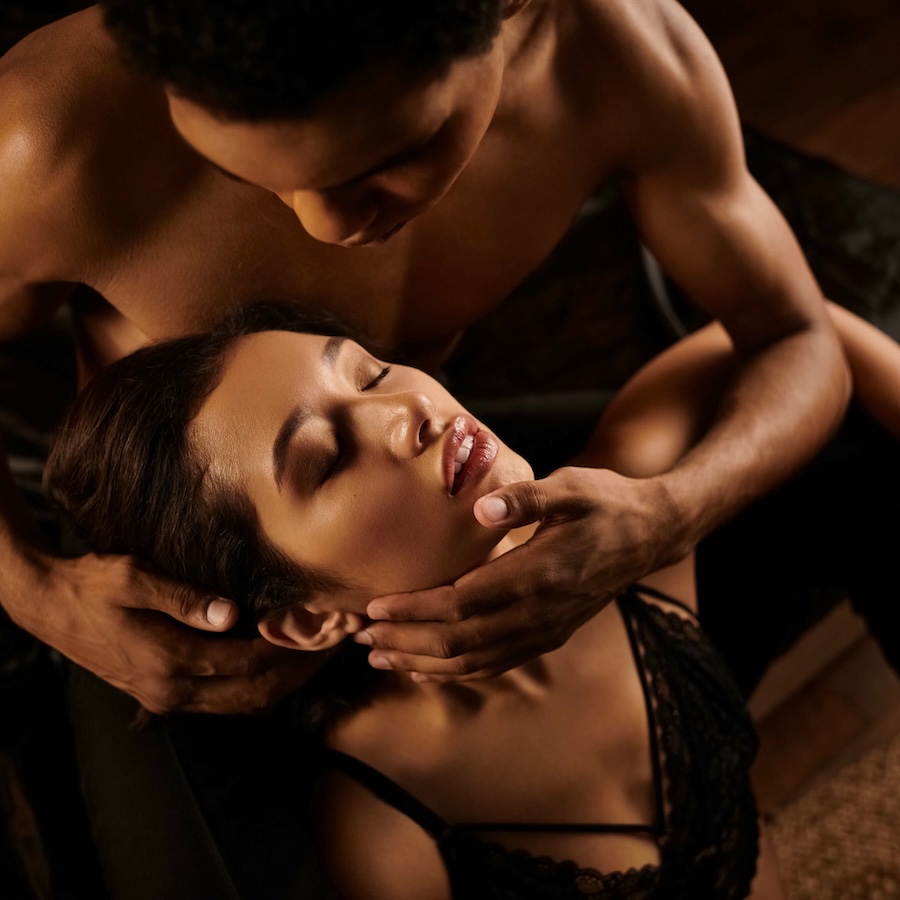







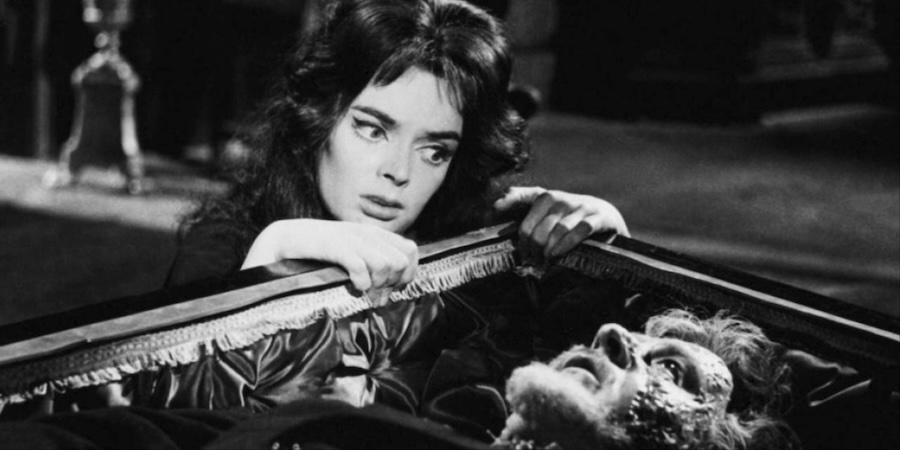

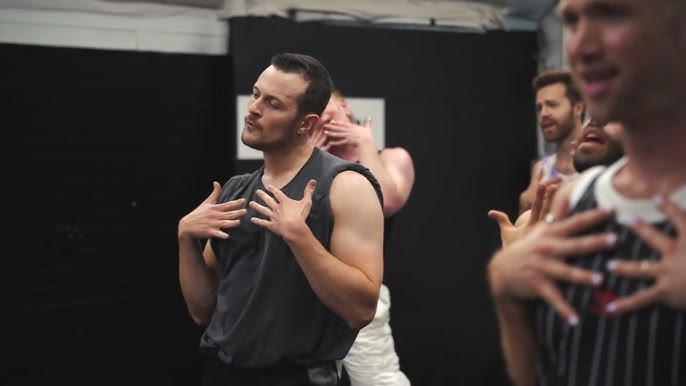
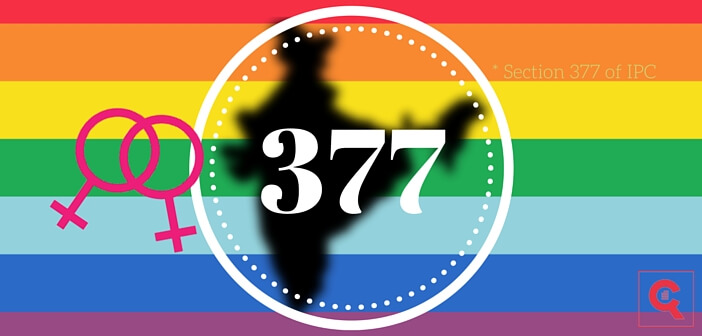

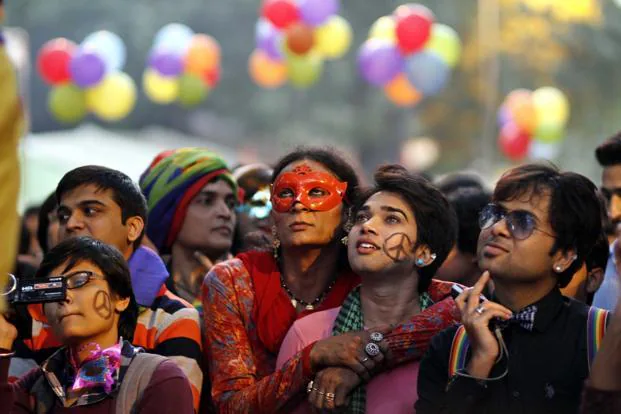
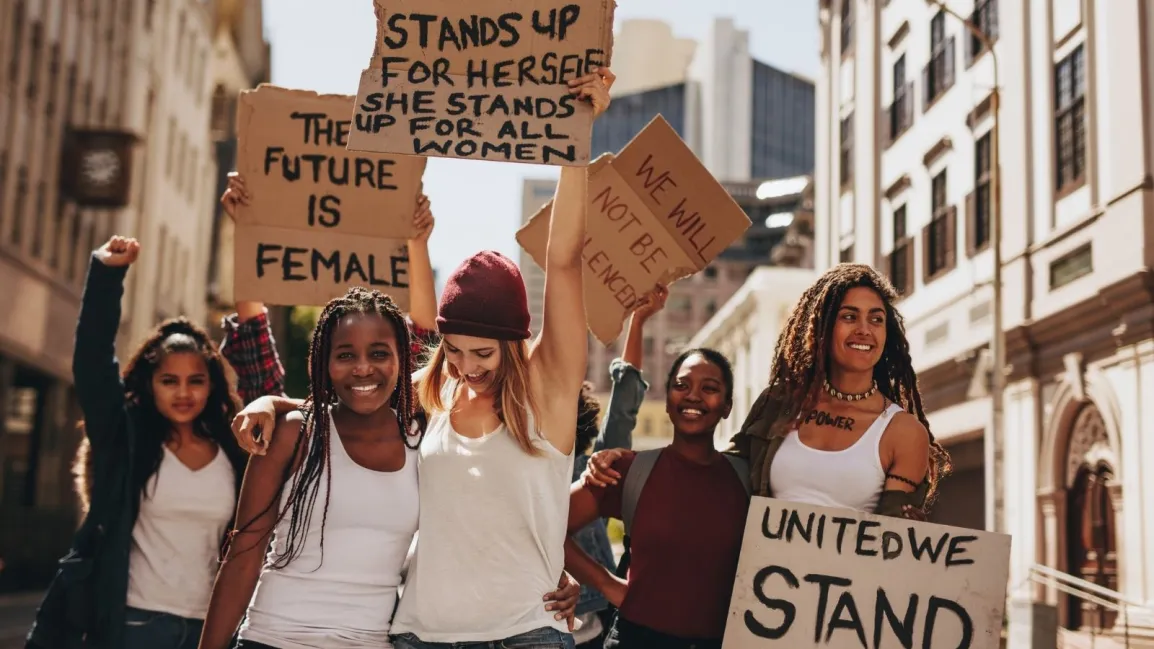

0 Comments